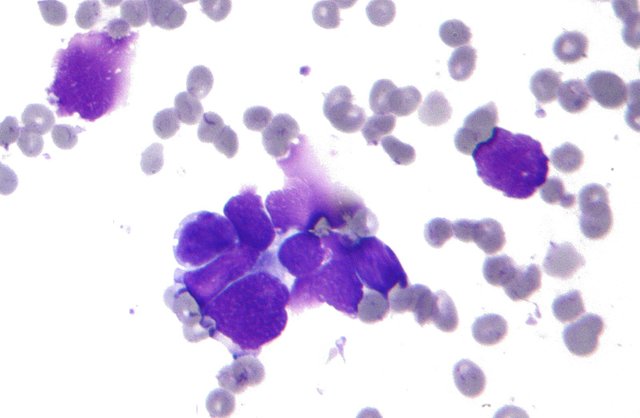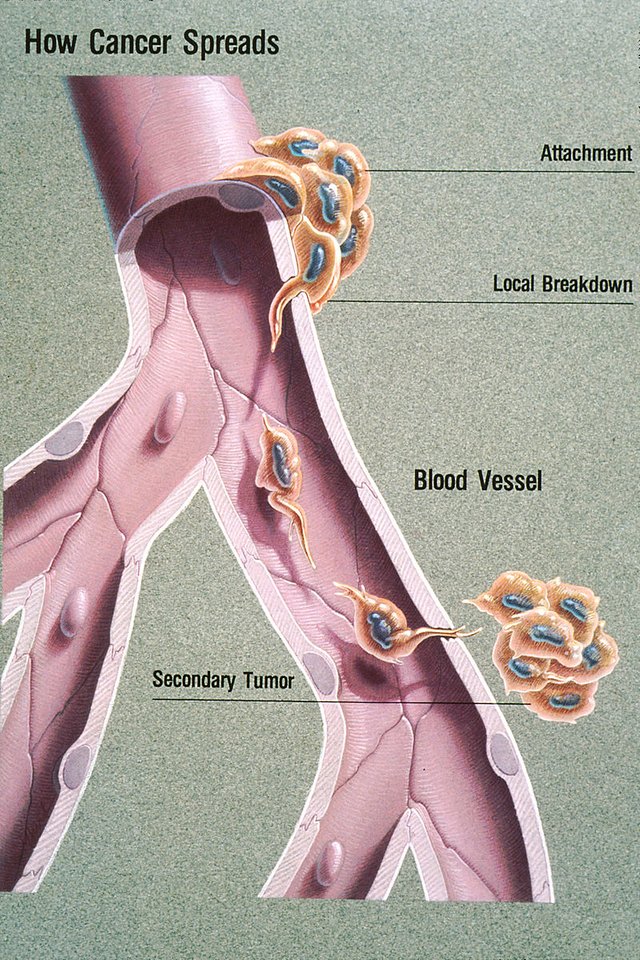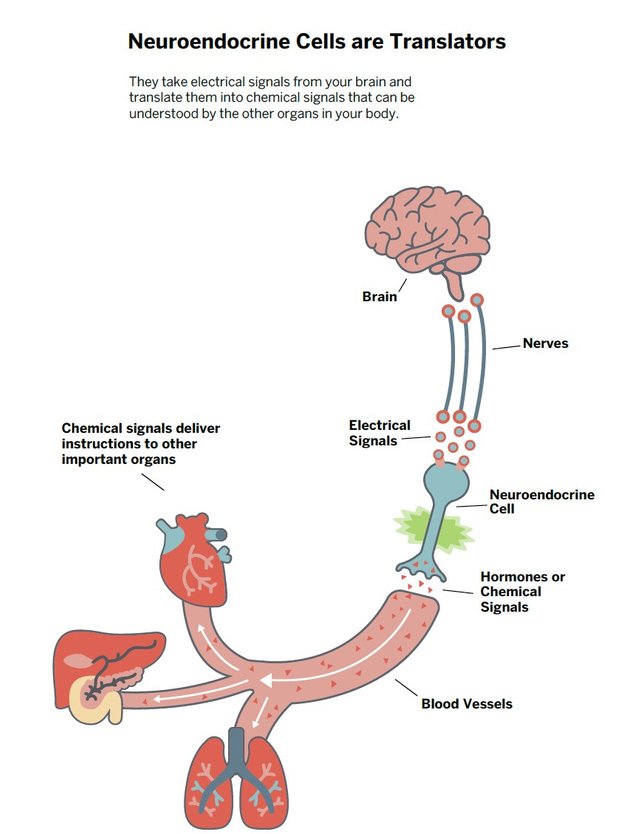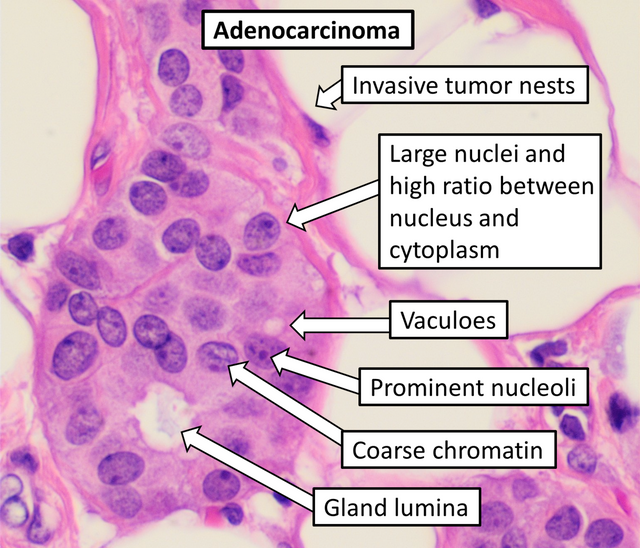Lung Cancer
Greetings friends of Steemit and Healthy Steem
Lung cancer is a leading cause of cancer related
deaths. Cigarettes are the major cause of lung cancer.
Some signs and symptoms of lung cancer
A person can experience fatigue, sudden weight loss, shortness of breath, DYSPNOGA, chest pain, persistent cough and HAEMOPTYSIS which is essentially coughing up blood.
The factors for developing lung cancer
These include cigarette smoking which as I said is a
major cause of lung cancer, nickel, arsenic, being exposed to constant air pollution, Radon and having a family history or personal history of lung cancer I also have not mentioned asbestos.
In this group lung cancer can be divided into two main groups. These are small cell carcinoma and non small cell carcinoma. Let us first look at small cell carcinoma. Small cell carcinoma often presents already at its metastatic stage, the tumor often grows approximately close to the hilum. small cell carcinoma also involves neuroendocrine cells.
Now looking at non small cell carcinoma. There are three types. Adenocarcinoma is the most common type of lung cancer and involves gland cells such as goblet cells. Adenocarcinoma grows in the peripheral lung tissue. The other two types of non cell carcinoma are scram cell carcinoma which grows in the proximal lung tissue close to the hilum and then there's also large cell carcinoma which as the name suggests are large tumors. Large cell carcinoma can grow either proximally or in the peripheral lung tissue.
If we were to take an X-ray of the chest of a person with lung cancer, we could find one pulmonary opacity, showing the growth itself, hilum enlargement, pleural effusion, and even a collapsed lung, depending on the size of the tumor.
Now some types of lung cancer can cause the cells of the lung to become neuroendocrine cells. The formation of neuroendocrine cells can result in a phenomenon known as paraneoplastic syndrome. So here we have a cancer cell which can become a neuroendocrine cancer. Neuroendocrine cancer cells are found in certain types of lung cancer. In particularly small cell carinoma and squamous cell carinoma. Neuroendocrine cancer cells can release hormonal substances and anti-diuretic hormone essentially neuroendocrine cancer cells mimic other hormones that are produced normally by our body.
For example, parathyroid hormone-like substances can target bones, causing them to break down minerals and release calcium into the bloodstream, leading to hypercalcemia. ACTH-like substances can stimulate the adrenal glands to produce more cortisol, resulting in stress and increased sympathetic activity. ADH can target the kidneys, stimulating the nephrons to reabsorb water, increasing water retention.
Before I conclude I would like to invite three fellow Steemians to participate in the contest
@zulbahri
@eveetim
@georgitsachev




Interesting